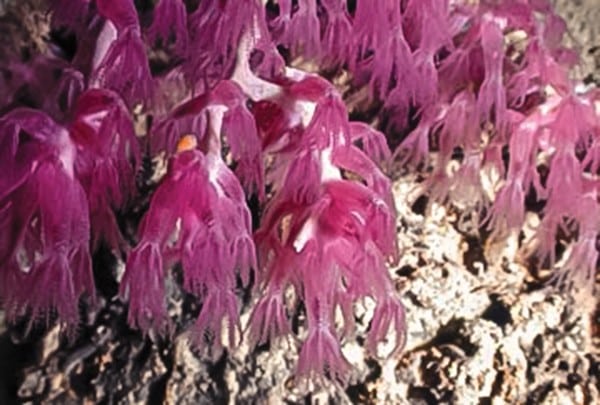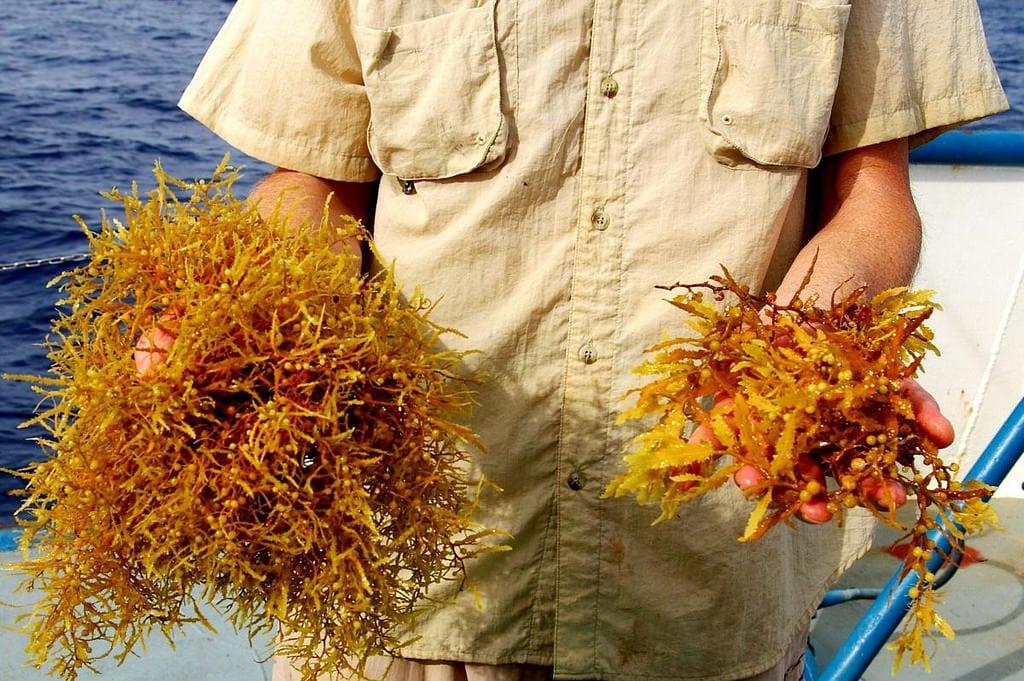The Gulf of Mexico is a true tropical sea and one of the deepest bodies of water in the world. From the height of a cruise ship, one might not notice that the electric blue expanse is teaming with life from aquatic animals such as giant Kemp-Ridley turtles and recently discovered 55-foot-long Baleen whales. Stirred by the Great Loop Current that flies between Cuba and Mexico’s Yucatan peninsula at over four knots, this current eventually becomes the Gulf Stream that affects the weather and ecology as far away as England. However, this warm current also throws off giant eddies into the Gulf and feeds one of the most unique ecosystems in North America—the Flower Garden Banks.
Located a little over 100 miles offshore of Galveston, Texas, the Flower Garden is the most unique and extensive coral reef system in all of North America and considered to be the most pristine in the entire Western Hemisphere due to its relative remote location. Designated a Marine Sanctuary in 1992 by the U.S., this flourishing ecosystem is made possible by giant underground salt domes that push up the deep, featureless seabed to within 60 feet of the surface and allow an undersea oasis of tropical life. The nearest coral reef is 400 miles south along the coast of Mexico and as such, it has become a secret scuba-diving magnet and cruising layover in the Gulf of Mexico by boat owners in the know.
[photomosaic ids=”5171,5172,5174″ orderby=”rand”]
First discovered by fishermen in the late 1800s who suddenly noticed bright, vibrant colors beneath the waves, this marine sanctuary is now known to harbor more than 20 species of tropical corals and over 180 species of fish. Comprised of three separate salt domes that rise up and plateau, the largest expands out over 250 acres. As a designated marine sanctuary, fishing and anchoring are not allowed by law, however, there are three mooring fields that are available to transient cruisers in the deep waters of the Gulf of Mexico where the depths below them explode in color.
As a well-known overnight scuba-diving site, charters and private boats tend to visit on two- or three-day excursions primarily in the summer when the water is over 80 degrees. As such, mooring availability may get a bit tight. For cruisers who do not dive, it’s still a unique destination in the great expanse of the Gulf of Mexico to tie up and enjoy the blue waters where colors rise from the depths and the stars follow after sunset. February is also a heavily visited month due to the hordes of thousands of hammerhead sharks that transit the banks annually.
By Harlen Leslie, Southern Boating April 2015














